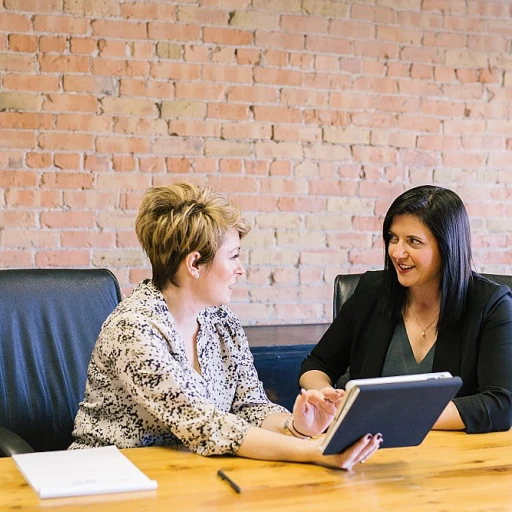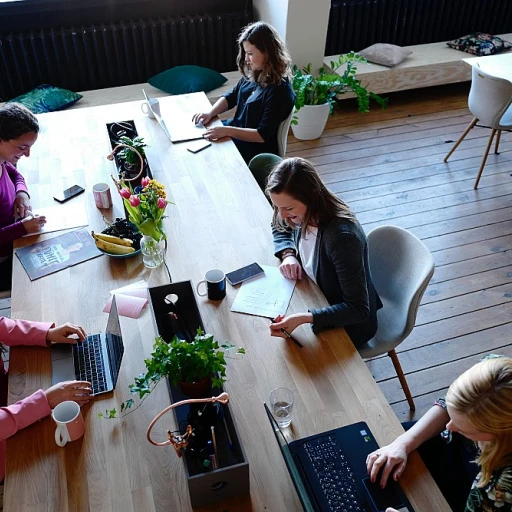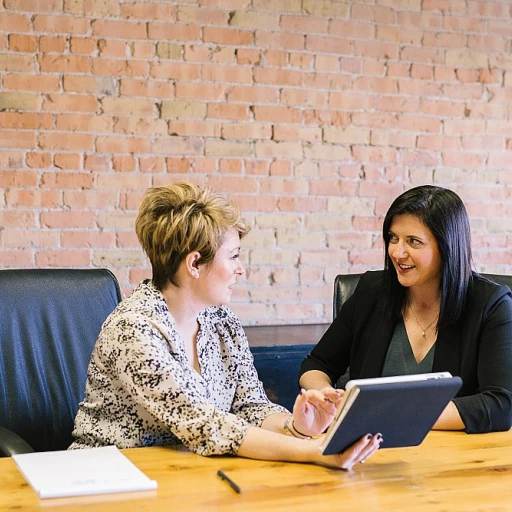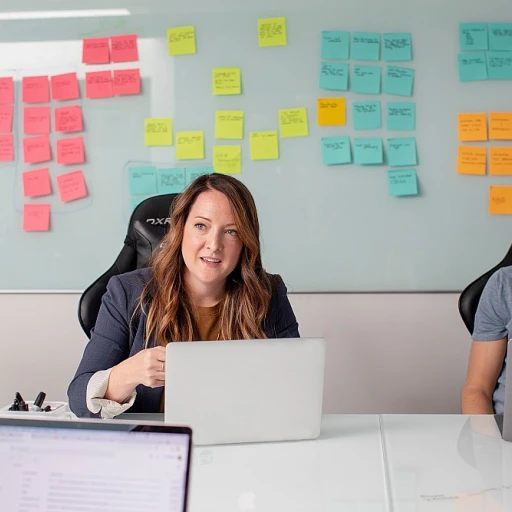
Understanding the Role of Office Fit Out Specialists
Unveiling the Expertise in Office Fit Outs
In the dynamic landscape of modern businesses, the role of office fit out specialists has become pivotal. These experts are not just involved in basic office construction or design build projects; they delve deeper into creating spaces that reflect your brand's essence and meet the needs of diverse business categories. From small private offices to expansive commercial offices, their expertise ensures a workspace that functions well on every front.
Office fit outs demand a team that understands the nuances of space and design fit. These specialists offer a range of services, ensuring quality and adherence to your budget. Their approach to interior design considers the unique requirements of meeting rooms and workspace meeting spaces, guaranteeing an environment conducive to productivity and creativity.
As companies seek to improve their commercial office settings, understanding the role of these professionals becomes crucial. In India, exploring office space leasing opportunities in collaboration with a knowledgeable fit out team can transform the office space into a thriving business ecosystem.
Adapting to Indian Corporate Culture
Navigating the Nuances of Indian Corporate Culture
When considering an office fit out project in India, it's essential to adapt the workspace design to align with the unique essence of Indian corporate culture. While international office design trends continue to inspire, understanding local nuances can significantly impact the success of your fit out and the daily work environment.
Adapting to Indian corporate culture involves recognizing the importance of community and teamwork. Open office spaces can foster collaboration, but it's also important to allocate private offices for individual tasks and meetings. This balance ensures that the workspace meets both collective and solitary needs, enhancing productivity.
Cultural elements such as colors and materials used in fit outs should reflect local preferences. For instance, incorporating traditional motifs or textures in the design build can resonate well with employees, promoting a sense of pride and ownership. It's crucial to involve your team in these decisions to reflect your brand authentically.
Considering the hierarchical nature of many Indian businesses, thoughtfully designed office spaces that delineate category fits can offer necessary clarity and respect. Commercial office spaces should include dedicated meeting rooms that accommodate various team sizes and levels of interaction.
Furniture selection is another aspect where Indian office fit outs differ. Embracing ergonomic and locally manufactured furniture can enhance employee comfort whilst supporting the local economy. This attention to detail in the interior design process underscores commitment to quality and well-being, which resonates with the workforce.
Additionally, in an increasingly global business environment, opting for spaces or fit services that can sustainably scale with your business is vital. This forward-looking approach ensures that your office renovation efforts today remain relevant as business needs shift tomorrow. Exploring office space rental options in growth-centric cities can provide further insights into achieving this adaptability.
Maximizing Space Efficiency
Maximizing the Use of Available Space
In the bustling world of office fit outs, efficiently utilizing space is paramount for any commercial office. The ideal workspace meets the needs of the team, promoting productivity while reflecting the brand's identity. With the end goal of creating a harmonious environment, office renovation is all about making every square foot count.
When tailoring an office design project, experts often analyze the existing layout to suggest improvements that enhance both form and function. This approach allows for the transformation of cramped areas into effective and inviting office spaces, especially in private offices and meeting rooms where optimizing room usage can significantly impact the office atmosphere.
The design fit process includes a meticulous examination of storage solutions, choice of furniture, and interior design to ensure the final construction not only meets but exceeds business expectations. As companies navigate the challenges of different category fit outs, investing in quality design and build services becomes indispensable for achieving a functional yet stylish workspace.
The marriage of practicality and aesthetics helps keep fit cost in check, offering a balanced solution that adheres to the project's budget. For insights into enhancing efficiency in office design, consider exploring other strategies that detail statistical process controls in workspace development. By focusing on maximizing every corner, businesses can create a tailored workspace that pleases aesthetically and functions seamlessly.
Incorporating Technology in Office Design
Integrating Advanced Technology into Office Layouts
Incorporating technology into office design is no longer a luxury—it's a necessity for modern businesses aiming to remain competitive in an increasingly digital world. As companies look to harmonize their workspace with technological advancements, several elements must be considered:
- Smart Workspaces: Today's commercial office designs often incorporate smart technologies that streamline operations and improve efficiency. From automated lighting systems that conserve energy to video conferencing setups that facilitate seamless communication, technological integration is front and center in any fit out project.
- Integration of IT Infrastructure: A well-thought-out design fit ensures that the necessary IT infrastructure is seamlessly incorporated into the workspace. This includes ensuring that meeting rooms are equipped with the latest presentation technologies and that private offices have the capability to support high-speed connectivity and data security measures.
- Flexible and Adaptive Technology: More companies are leaning towards flexible work environments that allow employees to switch between various modes of work easily. Office furniture, such as adjustable desks or smart boards, and flexible meeting spaces that support various technologies are essential to achieving this.
- Future-Proofing Office Spaces: Designing with the future in mind involves considering long-term business growth and technological advancements. This means allowing space for future technological upgrades without needing major overhauls in design or construction.
By incorporating these technological advancements, office fit outs not only increase productivity but also enhance the overall quality of the workspace. This approach ensures that the workspace meets the demands of contemporary business operations while reflecting the brand's commitment to innovation.
Sustainability and Eco-Friendly Designs
Prioritizing Sustainable Office Design
In today's evolving business landscape, companies are increasingly seeking sustainable practices in their office fit outs. By integrating eco-friendly principles, businesses can create workspaces that not only reflect the brand’s commitment to the environment but also promote employee well-being. Implementing sustainable designs in commercial office projects involves selecting materials and solutions that reduce environmental impact. Recycled materials for furniture and fixtures, low-VOC paints, and energy-efficient lighting are excellent choices for eco-conscious design builds. These elements help in creating a healthier working environment and reducing the workspace’s carbon footprint. Moreover, sustainable designs often contribute to long-term cost savings on utilities and maintenance, aligning with budgeting and cost management goals. Energy-efficient lighting systems reduce electricity bills, while high-quality materials ensure longevity, decreasing the need for frequent renovations. A well-thought-out plan involves collaboration with office design experts who understand the nuances of eco-friendly practices. The design fit team can assess the space, propose suitable options for sustainable construction, and implement solutions that support the company's environmental goals. By prioritizing sustainability, companies can also enhance their reputation and demonstrate robust corporate social responsibility. This strategic alignment with eco-friendly values not only appeals to employees but also resonates with clients and partners. Incorporating green spaces, such as indoor plants, can enhance air quality and create a calming atmosphere, further contributing to a healthy and invigorating workspace. Companies can leverage the expertise of their office design and build partners to seamlessly integrate these sustainable solutions into their office fit projects.Budgeting and Cost Management
Strategic Financial Planning for Impactful Office Transformations
Embarking on a fit out project requires a comprehensive financial plan. Developing a budget mandates a precise understanding of various cost factors involved in the office design build process. The aim is to enhance the workspace, ensuring it aligns with the company's brand and operational needs without compromising on quality. Efficient construction and renovation not only add value but can positively impact employee productivity.
Managing fit costs in alignment with business objectives entails several key considerations. Firstly, categorizing expenses like furniture, interior design, and technical infrastructure separately helps maintain clarity. Creating a detailed breakdown allows teams to prioritize and allocate resources effectively, ensuring crucial aspects aren't overlooked.
Planning with future growth in mind is essential. Office space design should accommodate potential expansions or private offices for new hires. Additionally, commercial projects may benefit from outsourcing experienced teams who ensure timely delivery within the pre-set financial constraints.
While strategizing, it is important to consider eco-friendly and sustainable options. Though they may require higher initial investments, these choices can lead to significant cost savings over time and resonate with contemporary corporate values.
Incorporating technology into office design can initially seem expensive but often results in improved efficiencies and reduced utility costs, therefore justifying initial expenses and aligning with long-term fiscal goals.
Ultimately, a well-planned budget not only provides direction but also empowers decision-makers to implement a workspace that meets all necessary criteria, aptly reflecting the company's ethos and enhancing employee satisfaction.













